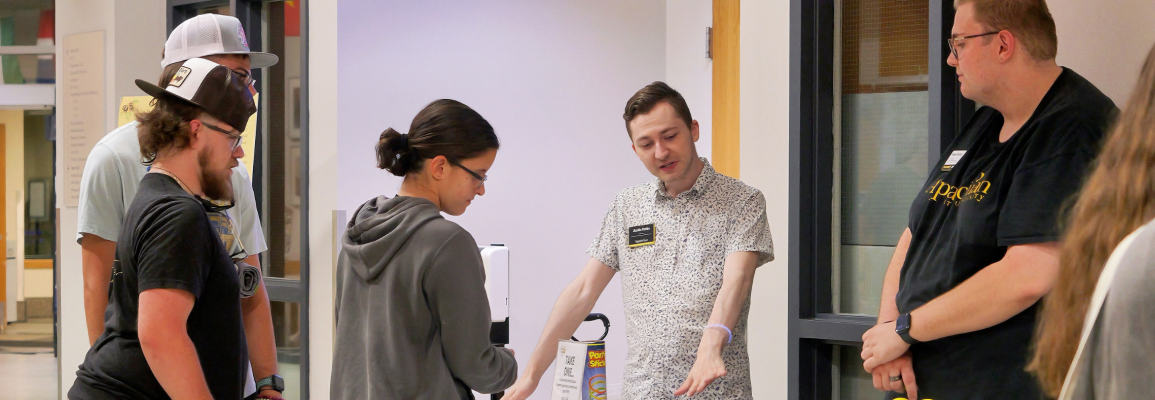What is an STI?
STI stands for "sexually transmitted infection." STIs are infections spread through sexual activities (vaginal, oral, or anal intercourse). They can be curable or incurable, with over 19 million new cases annually in the U.S., especially among teenagers.
Who is at Risk?: Anyone engaging in intimate sexual contact can contract an STI.
Symptoms and Diagnosis: Many STIs show no symptoms. Testing is essential for diagnosis and preventing transmission. If you suspect an STI, visit M.S. Shook Student Health Service for testing and treatment. A free gonorrhea and chlamydia test is available annually; other tests may incur a fee.
Condom Use
- Latex Condoms: Significantly reduce STI risk, including HIV, if used correctly. They do not eliminate risk entirely.
- Plastic Condoms: Provide some protection but less than latex.
- Skin Condoms: Do not protect against STIs.
Other Prevention Methods
- Dental Dams: Use during oral sex to prevent STI transmission.
- Gloves/Finger Cots: Use for hand-to-genital or hand-to-anal contact.
- Sex Toys: Use personal toys, clean thoroughly, and avoid sharing. HPV can remain on toys even after cleaning.
Potential STI Consequences
- PID: Can cause infertility, chronic pain, and increased risk of ectopic pregnancy.
- Cancer: Certain HPVs can lead to cancers of the cervix, vagina, penis, anus, and throat.
- Transmission: STIs can be passed to partners and, if pregnant, to babies.
- Increased Risk: Having an STI raises the risk of acquiring other STIs.
Common STI Symptoms
- Chlamydia: Discharge, burning urination, lower abdominal pain (often asymptomatic).
- Gonorrhea: Discharge, burning or itching urination, pelvic pain.
- Syphilis: Painless sores, rash.
- HIV/AIDS: No early symptoms; eventual opportunistic infections.
- HPV: Genital warts, potential for cervical cancer (often asymptomatic).
- Genital Herpes: Itching, burning, blisters or sores.
Can Birth Control Prevent STIs?
No. Birth control methods like pills, injections, patches, implants, or rings prevent pregnancy but do not protect against STIs. Always use a condom for STI prevention.
Prevention Tips
Practice safer sex, use barrier protection, and get tested regularly.
For more information and symptoms, visit the CDC or consult your doctor.
Source: U.S. Department of Human Resources: Office of Public Health and Science
How to Prevent Getting an STI
How to Prevent Getting an STI
Abstinence (no vaginal, anal, or oral sex) is the only certain way to prevent STIs.
If sexually active, reduce risk by:
- Having sex with one partner.
- Using a latex condom every time, after both partners have been tested for STIs. Condom use is especially important for those with multiple partners or engaging in high-risk behaviors. While condoms reduce the risk of HIV/AIDS and STIs, they don't offer complete protection. Learn how you can receive free contraceptives through the Condom Fairy program at the Wellness and Prevention Center.
Resources
Learn how you can receive free contraceptives through the Condom Fairy program at the Wellness and Prevention Center.
Local health departments and Family Planning clinics also provide confidential STI testing and treatment.
Where to Get Tested
Visit M.S. Shook Student Health Service, a clinic, or healthcare provider for testing and treatment.
M.S. Shook offers one free gonorrhea and chlamydia test per academic year for students (appointment required unless symptomatic).
Get Yourself Tested (GYT) Clinics
Student Health Services offers routine, confidential STI testing for asymptomatic students. Check out the Student Health Services website for more information on clinic dates and how to schedule an appointment.
